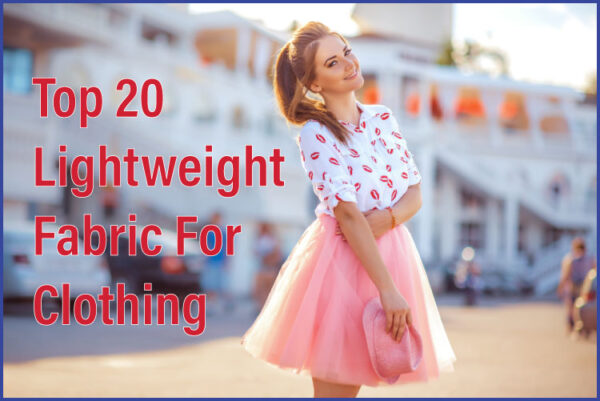
Types of Clothing
Fashion is a trillion dollar industry and you can be sure that there are many different types of clothing.
Clothing worn at home, at work, in society or when practicing sports and leisure activities. We also provide clothing for important occasions such as weddings and graduations.

Clothing is considered essential if there is an event or activity where we will not attend naked.
So what are these different types of clothing?
Type
Garments Garments, also known as garments, garments, or garments, are generally articles of cloth and other materials worn on the human body.
There are “types” of clothing depending on the environment:
● Business attire – worn for professional purposes
● Casual attire – worn as standard attire
● Evening attire – worn at events such as weddings
● Underwear – worn for support and Underwear and/or accessories worn for support
Sportswear – worn for physical activities such as running
and “type” based on gender and age:
Baby clothes – worn for infants and toddlers
Children’s clothes – worn for children 2 years and older Dressing
● Men’s clothes – usually worn by men
● Clothes for women – usually worn by women
But clothing can also be divided into different types of clothing according to clothing:
1. Bloomers
2. Cover-ups
3. Tights
4.
Bra
5. Corset
6. Kaftan
7. Vest
8. Cape
9.
Coat
10. Corset
11. Dress
12. Cargo
13. Jacket
14.
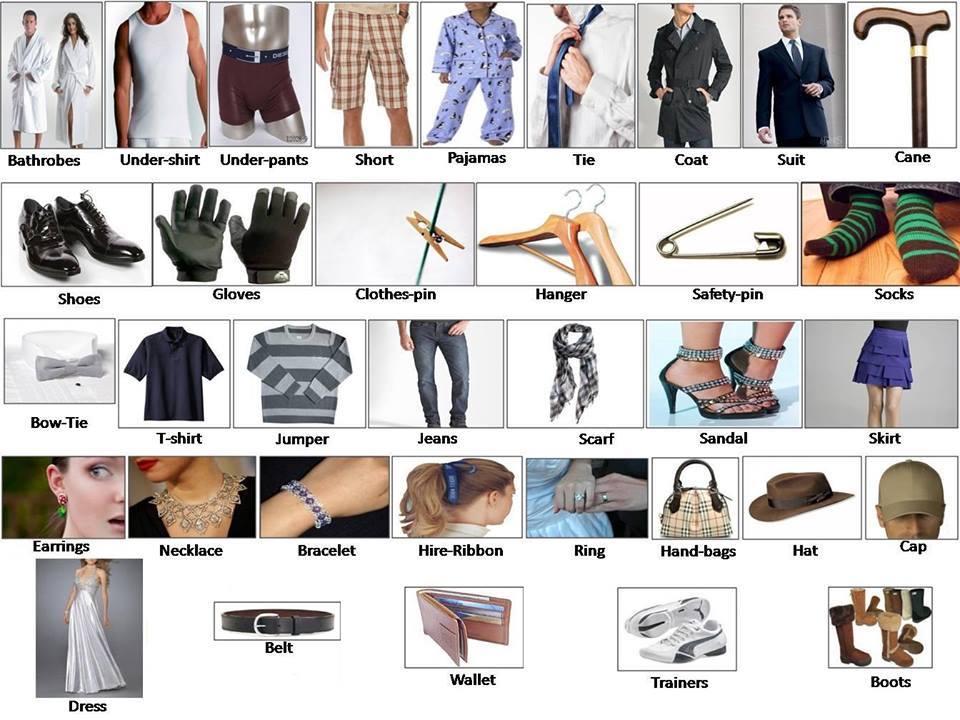
Jeans
15. Sweater
16. Jumpsuit
17. Kilt
18. Kimono
19.
Bloomers
20. Leggings
21. Socks
22. Tights
23. Briefs
24.
Trousers/pants
25. Petticoats
26. Jumpsuits
27. Ponchos
28. Pajamas
29.
Apron
30. Shawl
31. Shirt
32. Shorts
33. Skirt
34.
Apron
35. Socks
36. Sweater
37. Swimsuit
38. Bear
39.
Tie
40. Leggings
41. Top
42. Sweatsuit
43. T Chanvre
44.
Waistcoat
And then there are different types of cultural clothing:
● Traditional Japanese clothing
● Traditional Indian clothing
● Traditional Scandinavian clothing – if you like simple Scandinavian aesthetics, check out this issue A roundup of the best sewing patterns in Scandinavia! Chapter

Just Three Examples! As you can see, there are so many types of clothes!
Different Types of Clothing
To make this the most definitive list of types of clothing, let’s take a look at the list of clothing above and break it down further with descriptions and photos!
Bloomers
Bloomers are undergarments worn on the lower body, usually with an elasticated waist and usually with lace at the hem of each leg.
Invented in the 19th century, they were looser and lighter than the thick fabric dresses worn by women at the time.
Although she did not design the bloomers, they are named after Amelia Bloomer, a 19th century women’s rights activist.
Shirts

Shirts are garments for the upper body in women’s clothing. Similar to shirts, shirts can be:
Long sleeve
Short sleeve
Sleeveless
Shirts are generally made of a lighter material than their “shirt” counterparts and often have more interesting details such as lace collars, ruffles, ruffles, pins and more.
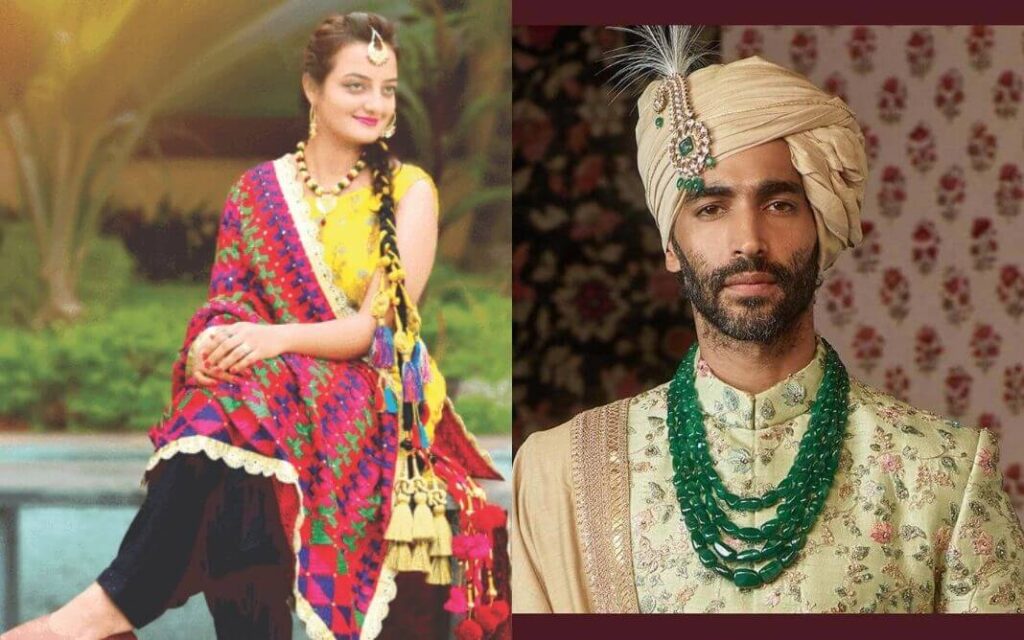

Bodysuit
Think of the bodysuit as a bodysuit with a click opening under the leg and you’re on your way!
Bodysuits are often made of skin-colored jersey so they can look demure over low-cut dresses.
bra The
bra is worn by women to support their breasts. They come in different styles, as well as different cuts, shapes, and levels of support.
Corset

A corset is a form-fitting upper body garment with shoulder straps. A corset usually does not have a skeleton, but is made up of several parts, like a corset.
The most famous and recognizable corset is the one that John Paul Gaultier made for Madonna!
Kaftan The
kaftan (also spelled kaftan) is a loose-fitting garment popularized by Christian Dior in the 1950s. They are traditionally left open in the front, although in the 2000s they were often closed as simple dress dresses or cover-ups.
Cardigan
We all wear cardigans knitted by our grandmothers, right? Like sweaters, cardigans are made of knitted fabric and have an opening in the front.
They can be zipped, but button openings are more popular.
They were popularized by Chanel in the 1920s as part of two and three piece dresses.
Capes

Capes are worn as outerwear and cover only the upper body, or can be extended to the thighs, knees or even ankles.
They usually have slits in the front to allow the arms to stretch out if necessary.
Coat The
coat is similar to a jacket but has a longer length and is designed for colder weather.
They are more like winter clothes and can be made from heavy fabrics like wool and lined before being added for extra warmth.
Corsets
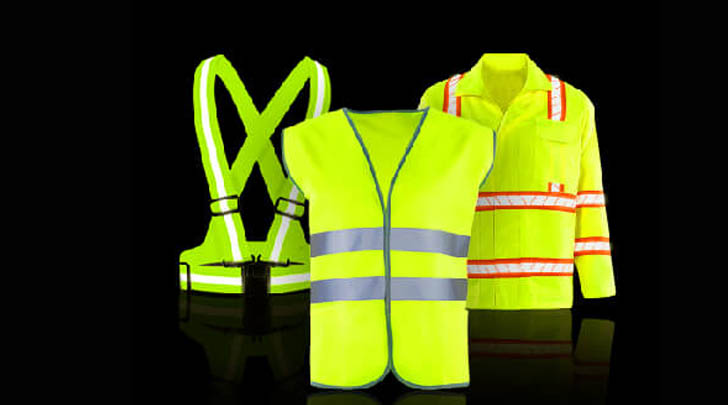

Corsets were historically worn under clothing such as dresses and tied tightly to “tighten” the waist to make it as small as possible.
Since Vivienne Westwood included the corset in her collections in 1987, other fashion designers have followed suit and the corset is now a common garment type in dresses and separates!
Corsets differ from corsets in that they use “pillars” or a “skeleton” to provide structure and support. It can be a metal, plastic or polyester skeleton.
Dress
A dress is a garment that falls from the shoulders and covers the torso, hips and thighs. It can be fitted or loose and airy. The
style variation means dresses can also be strapless, requiring them to fit close to the bodice or fall to any length between thigh and floor.
If you want to know more, I have a detailed guide on the different types of dresses.
Overalls

Overalls worn by women during the World Wars, originally men’s overalls.
They consist of trousers, front and back, held in place by Moët straps. Now worn by women and children more than men,
dress pants have become a staple and are also made from denim, corduroy and vibrant prints!
Jacket
The

jacket can be casual or formal and can be worn as a suit or outerwear. Trench coats and bomber jackets are considered casual outerwear, while tuxedos and blazers are tailored jackets.
Jeans Originally known as a cotton fabric woven in Nîmes, France,
became a more widely known term in the 1800s for Levi Strauss’ denim garments.
Jeans for the 2020s come in many styles, materials, and fits, as well as different denim colors!
I have a great article on how to make the DIY jeans pictured below!
Jumper

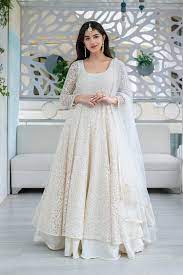
In the 19th century, a jumper was a short garment resembling a coat for men. These are the terms currently used in the UK to refer to sweaters.
Learn more about sweaters with our excellent guide to sweater types here!
Jumpsuit
Jumpsuits are the trending clothes of the 2020s – with sewing patterns created by independent pattern makers around the world!
This is a full body suit, traditionally with long sleeves and long legs, also known as a “flight suit” or “water bottle suit”.
Kilt

Tartan or tartan fabric is used in the manufacture of kilts, worn as skirts and hanging from the waist.
Traditional men’s kilts may be fully pleated, or the ends of the fabric may be left unpleated, overlapping the front of the body. The
women’s kilt isn’t all that special, with styles influenced by seasonal trends.
The kimono
The kimono is a garment from Japan that is often used as the basis for dressing gowns, but since the late 19th century, kimonos have been frequently adopted by fashion designers as a clothing trend.
Bloomers
Although the bloomer is a very historic item of clothing, in the late 1960s fashion designer Yves Saint Laurent made the bloomer fashionable.
These are baggy pants – like pants! – but only gather below the knee.
Leggings

Leggings, worn over the legs, have been popular casual wear for many years, but have historical roots in medieval coats!
Modern leggings are made of a stretchy material – often knitted – and wear a very close fit.
They also come in different lengths, from ankle length to low rise cropped pants and more!
Leggings
I remember being a schoolgirl in England in the 80’s and being forced to wear leggings!
At the time they were cylindrical, woven by hand and worn on the legs, between the knees and the ankles.
They can be slipped under our schoolboy pants or worn with a mini skirt for a stylish look.
Leotard
One of my childhood hates, the leotard covers the body from the crotch to the shoulders. First worn by French trapeze artist Jules Léotard in the 19th century, the
has since become popular with disco enthusiasts and dancers alike. The
is now made in a variety of fabrics to meet both activewear and casual wear needs.
Underpants
Underpants are underwear worn by women on the lower body. Also called panties in some countries, they can be made of knitted cotton fabric, lace, mesh, etc.
They are often trimmed with gathered elastic or picot for decorative effect and to trim the raw edges of the fabric.
Culottes / Culottes
Worn on the lower body to keep the legs warm and covered, culottes (or culottes, as they are also called!) are a repeat of early 19th century culottes and have been worn by women ever since. 1920s.
Trousers and slacks in those days were baggy, and it wasn’t until the 1970s that it became acceptable for women to wear slacks for both casual and formal events.
Underskirt The

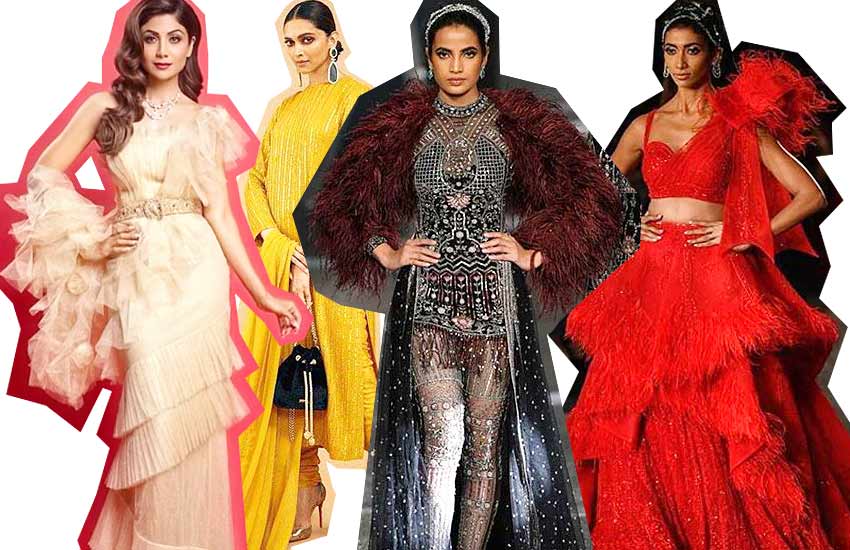
Underskirt is an undergarment worn under dresses and skirts as an extra layer of insulation.
They’re not worn as often in the 2020s as they were when I was growing up in the 1980s – I remember my grandmother buying a bunch of silk fabric to make petticoats for her and her sisters.
Jumpsuit

Unlike the jumpsuit, the jumpsuit has a shorter leg length. Made from a variety of materials and cut in a variety of styles, a jumpsuit is a great modern garment – if you can take it all off to go to the bathroom!
Playsuits are also often referred to as jumpsuits when it comes to products designed for women!
Poncho Ponchos come from South America and look a lot like large blankets with a simple opening through which you can put your head.
My other half has a few things he uses to keep warm in the winter.
They are available in solid colors or in different patterns when woven.
Pajamas

pajamas are worn as sleepwear by women, men and children, but are increasingly preferred by fashion designers today.
This trend of “nightwear” as “evening wear” began a century ago in the 1920s. !
It is a long piece of fabric that can either be wrapped around the lower body and tied around the waist, much like a skirt, or wrapped around the torso and tied around the neck, much like a skirt. skirt.
Shawl

Another square fabric garment in which the shawl serves as a cover. This material can be a light evening dress or it can be cut in wool for extra warmth.
Elongated shawls are called shawls!
Whether worn indoors or outdoors, the shawl is a practical piece to wear around the shoulders.
Shirts
Shirts are garments worn on the uppe

r body. It traditionally has a center front closure and a button opening so the shirt can be worn and buttoned.
Shirts are worn by both men and women as casual and evening wear.
I have a great guide for many types of shirts!
Shorts
Women have worn shorts since the 1920s – a comfortable item of clothing, though often exaggerated by fashion designers and worn as evening wear for sleepovers.

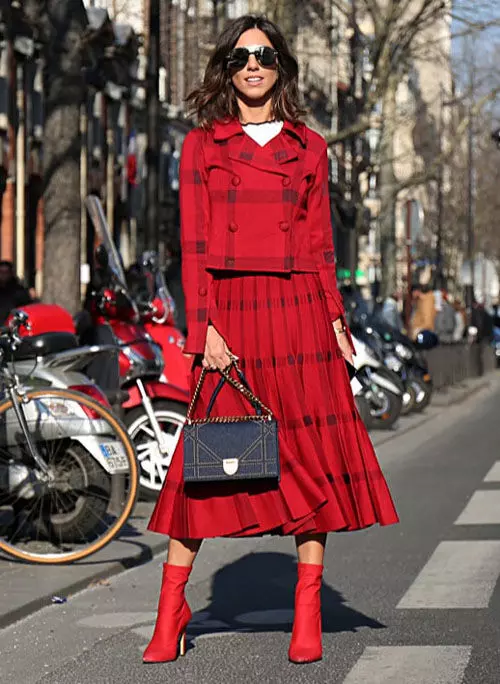
Shorts are also popular as an easy summer staple, worn with a tank top, tucked-in shirt, or worn as part of a two-piece pajama set. The
shorts are easy to make, and the legs can reach the knee like ultra-short hot pants. Below is the men’s drawstring shorts pattern I created for my partner.
Skirt The
skirt is another type of garment worn on the lower body. They can be made from just about any material you can think of and come in long, midi, mini and micro, and in many different styles.
Learn more about the different types of skirts and styles here!
Skirt

Half skirt, half shorts, a skirt is a garment that looks like a skirt from the front – due to the overlapping parts of the fabric – but looks like shorts from the back. The
skirt is technically a pair of shorts – it has split legs – but with the front panel it looks like a skirt – hence the name “skirt”.
I’ve never worn them, but I think they’re becoming popular among tennis players!
Socks
Of course, our socks will not be a complete guide to different types of clothing.
Whether store-bought or hand-knit, socks keep our feet snug in the winter and sticky and sweaty all summer long. The
is made of knitted fabric, the sock can be barely a sports sock, it slips off the ankle when you run, the ankle length protects you from the cold on cooler nights and can even go up to the knee ( or Thigh High!) Hot!
Sweaters
Sweaters are upper body garments worn by women, men and children. They are made of knit fabric and are also known as “sweaters” in some parts of the world.

Learn more about sweaters with this guide to the different types of sweaters!
Swimsuit
Whether it’s a classic one-piece swimsuit or cut into two pieces to create a bikini or two-piece swimsuit, a swimsuit is what to wear in or near the water . It’s made from a mesh fabric with 2-way stretch and negative comfort so it stays close to the body when wet.
was originally called a bathing suit in the late 1800s, it was still a two piece fleece bathing suit, so it could not be used for swimming. Until the 1920s, swimsuits with elastic bands were invented by Jantzen, but they were still not suitable for swimming.
Towards the end of World War II, the materials changed, as did the swimsuit we know today.
Teddy Bear The
Teddy Bear is a relatively loose undergarment. Its thin straps can be hooked over the shoulders and “tied” under the crotch. It’s kind of like wearing a bodysuit and shorts in a one-piece outfit.
I remember my mother giving me a teddy bear as a “coming of age” gift when I was 16.
It is made of silk satin, edged with lace on the bust and has press studs at the crotch.
I love this teddy bear – I wore it in a dress as my underwear – I had to make myself one!
Tie The


tie is worn under the collar of a shirt and can be either a long tie or a necktie. Mainly worn by men, they are gradually gaining popularity with women.
I have two great bow ties that I like to wear from time to time.
One I made myself can be seen in the photo below!
tights
tights are tight knit garments worn from the toe to the waist. Wearing heavy deniers for warmth in the winter and lighter, silkier deniers for the summer, tights, also known as stockings, have been around since the 1960s.
In addition to being available in different “Daniels” and colors, leggings are designed with design in mind – they can be polka dot, fishnet, diamond, lace and everything in between.
Think of them as a great way to add glamor to an outfit!
Tops
We looked at shirts and shirts, but another type of top garment is the top. It can be a crop top, a tube top, a tank top, etc., but these are referred to as “independent” by fashion designers.
Whether knitted or woven, a top is a great way to add a little extra flair to your outfit, especially if you’re making it yourself. If the pattern is a complex pleated pattern, the top pattern can hardly use anything.
Tracksuit
The
tracksuit is a two piece garment consisting of a ‘jogger’ style bottom and a long sleeved top, popular with athletes.
The top can have a zipper or it can be a simple sweater. They are usually made of cotton or synthetic fibers suitable for sportswear.
The 1980s tracksuits (I remember loving them!) were hot! Again, it’s a zip-up top with knit cuffs and waistband, and matching joggers.
O memories!
T-shirt The
t-shirt is a short-sleeved knit top that has become a very popular, even everyday item of clothing.
Vest The
Vest is a unisex garment. They were traditionally worn as part of a three-piece suit – under a shirt and jacket – although women have worn them for decades just to wear them with a bra underneath for a slightly sexier look.
types of clothing The list of

different types of clothing is not exhaustive.
It only covers the period relevant to us in the 2020s and adds historical context.
I could definitely create a more detailed guide covering types of clothing from different eras – Byzantium is just the one that immediately comes to mind. Mind! – but since this is more historical information than contemporary information, I think it is acceptable to write later.





